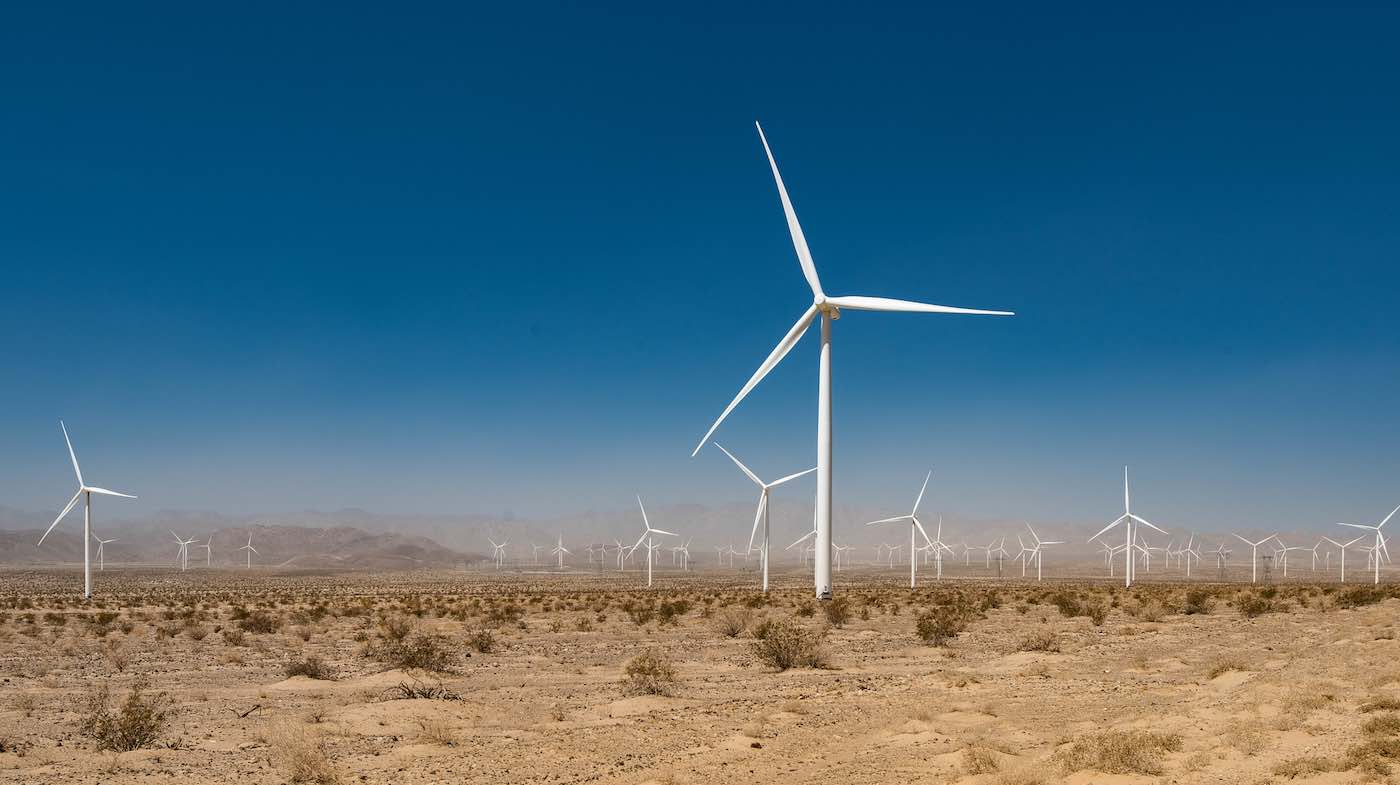Senegal is preparing to take a large step in the emerging market of African renewable energy with the construction of the 340 million euro Taliba N’diaye Wind Farm.
Almost all of the 46 wind turbines planned for the site have been completed, with the first trickle of totally renewable energy finally flowing into the capital city of Dakar.
“The first megawatts of energy are today entering Senegal’s grid, giving the country its first taste of clean, renewable wind power,” said Massaer Cisse, General Manager for Senegal at Lekela Power, the farm’s manager.
“This is an exciting time and it brings us a step closer to our ultimate goal of providing power for millions of Senegalese”.
Located 100 kilometers (60 miles) north of Dakar, the turbines and substations erected so far are already generating 50 megawatts of the proposed total of 158 to be added to the grid when Taliba N’Diaye is finished.
RELATED: Europe Could Produce Enough Wind Farm Energy to Power the Whole World for 30 Years, New Study Shows
This will serve to increase the power supply of Senegal by 15% as well as save 300,000 tons of carbon from entering the atmosphere annually.
Africa Happenings reports that the lack of reliable access to electricity is a major contributor to unemployment and low manufacturing output, as power shortages often stall heavy machinery, making investments into capital goods such as electric forklifts or other construction equipment risky.
They estimate that 500 million Africans don’t have reliable access to electricity. For instance, Nigeria, another West African country, could be losing as much as 5% GDP per year due to power shortages. People resort to portable backup generators, which often run on dirty diesel fuel, contributing mightily to falling air quality due to the fumes.
MORE: Scientists Use Recycled Sewage Water to Grow 500-Acre Forest in the Middle of Egyptian Desert
Bird Friendly Wind Energy Comes to Egypt
With recent successes in Senegal, Lekela Power has also recently secured financial investments worth $325 million for its 250 megawatt West Bakr Wind project in Egypt. Expected to be fully operational by 2021, West Bakr will produce over 1,000 gigawatts per hour, per year, of clean energy for the Egyptian grid.
Egypt’s ‘Build, Own, Operate’ plan is an ambitious project aimed at establishing an Egyptian-managed energy infrastructure that will be made up of 20% renewables by 2022.
The Suez Gulf is a high-traffic area for migrating birds, sometimes at risk from the windmill blades. Lekela and Egyptian Electricity Transmission Company have planned the West Bakr project to be more bird-friendly through the development of a “shut down on demand” program.
Lekela has partnered with the Egyptian Environmental Affairs Agency and its Migratory Soaring Birds project to help fund and eventually implement a Migratory Birds Monitoring training program that will help ensure birds survive the journey around their wind farms.
West Bakr near the Gulf of Suez Canal is far larger than Taliba N’diaye, and its massive energy output is expected to offset more than 550,000 tons of carbon dioxide emissions annually.
Blow Some Good News Toward Your Social Media Feeds… (File photo by Daxis, CC license)




















